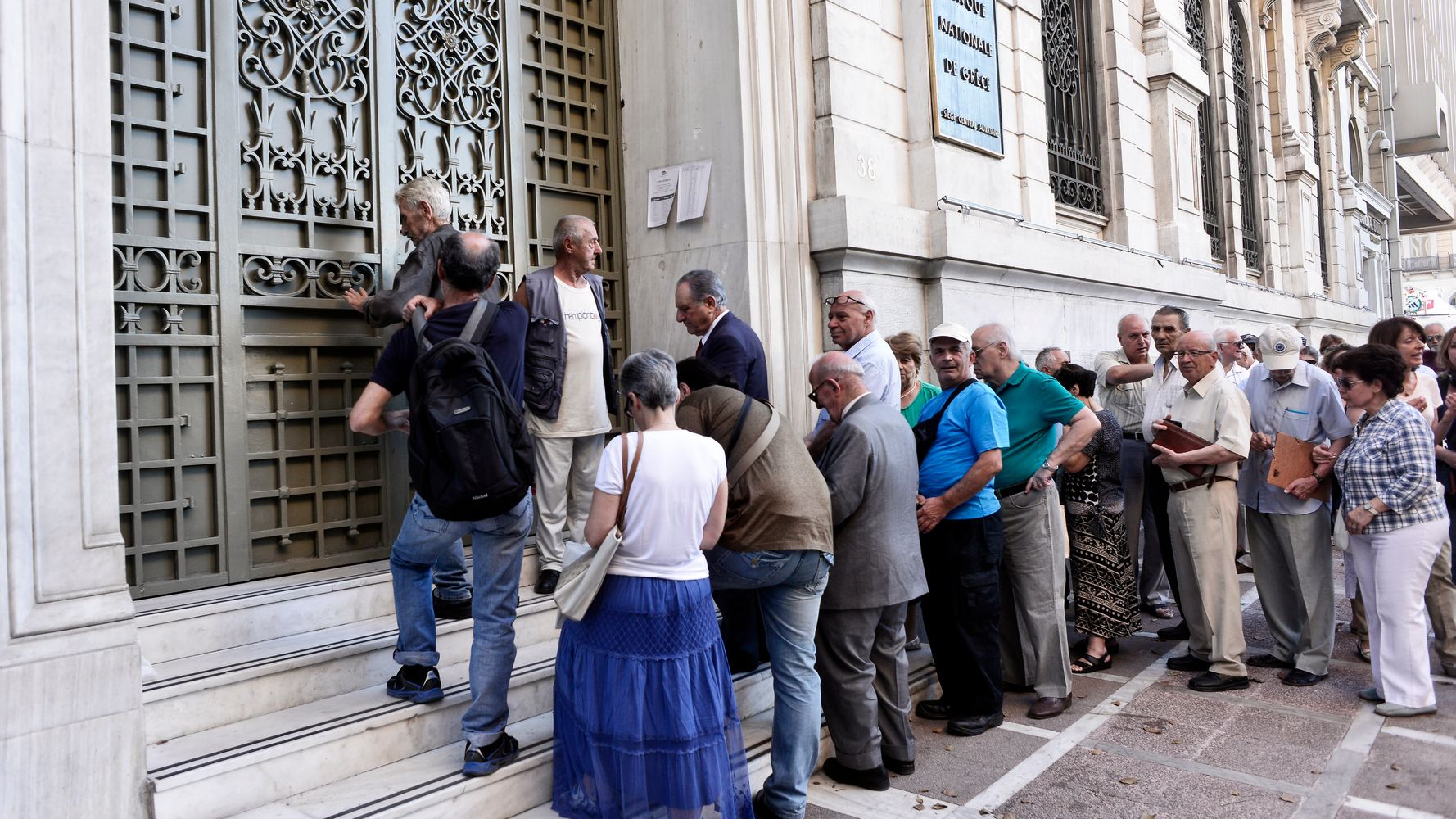카지노사이트: 쿠폰, 이벤트, 프로모션, 보증으로 더욱 흥미진진한 경험
카지노사이트에서 즐기는 게임은 단순한 도박의 영역을 넘어서, 다채로운 즐거움과 스릴을 안겨줍니다. 하지만 어떤 사이트를 선택하느냐에 따라 그 경험은 크게 달라질 수 있습니다. 쿠폰, 이벤트, 프로모션, 보증 같은 혜택을 제공하는 사이트일수록 높은 만족도를 주기 때문에, 신중한 선택이 필요합니다. 많은 사람들이 온라인 카지노를 즐기는데 있어 가장 중요하게 여기는 요소 중 하나가 바로...













